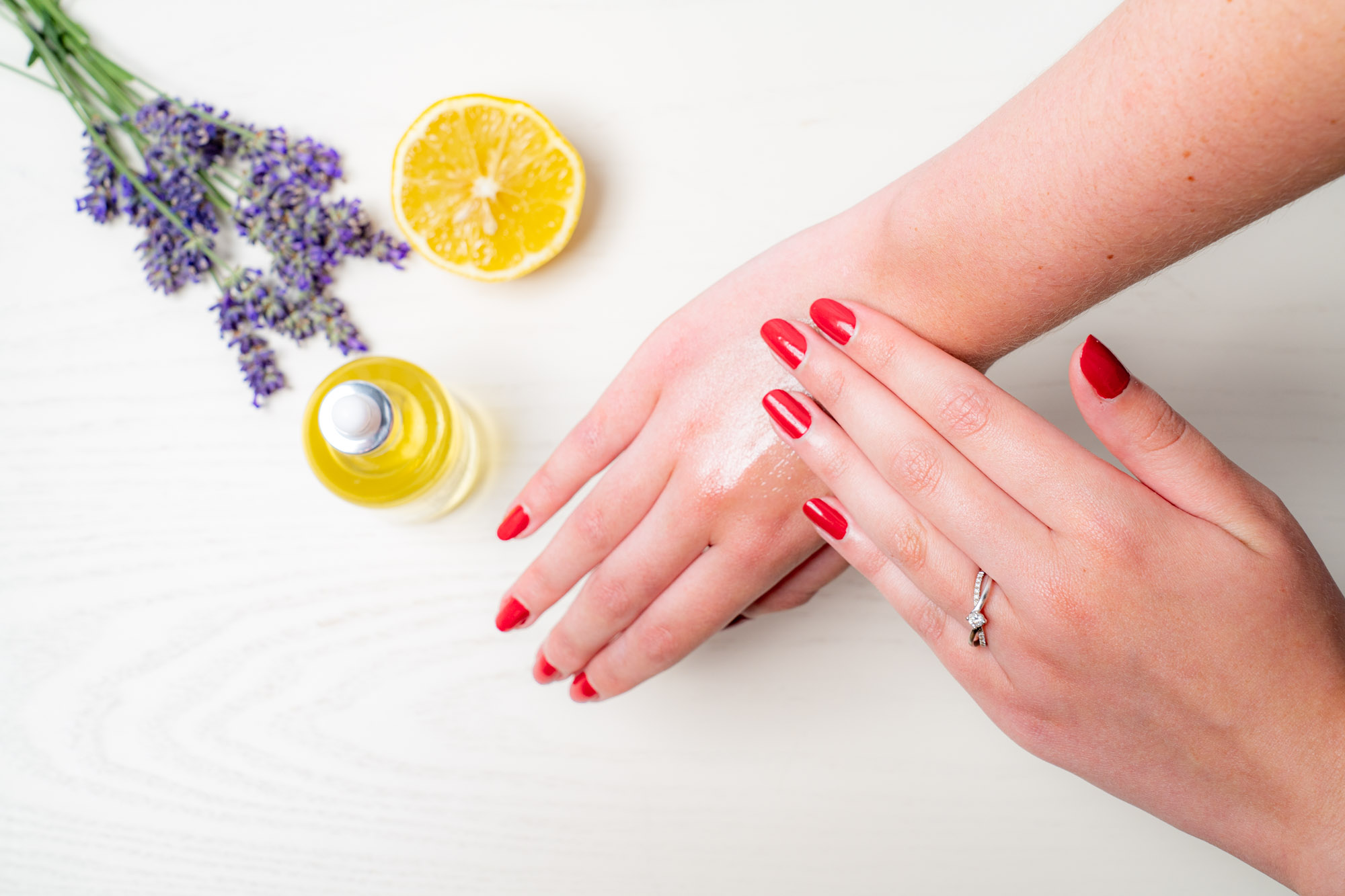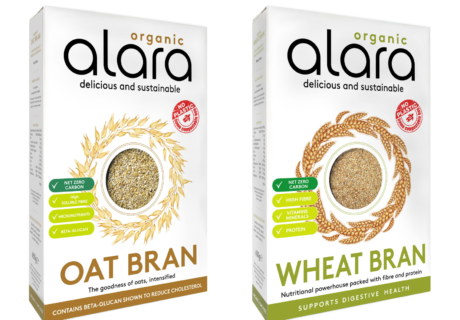Qualified chemist and founder of natural wellbeing brand Cosy Cottage Soap, Clara Challoner Walker, sheds light on the popular ingredients in skincare that could be harming you and the planet.
You’re in the store, browsing the shelves, trying to make the right skincare choices while trying not to spend hours looking like an ‘ingredient panel super-geek’!
In these days of greenwash-geddon, how can you quickly identify whether the skincare product you’re looking at is natural, gentle, sustainable and good value for money, as opposed to potentially harmful to your skin, your health, the environment and not worth the investment? Here are my top-five quick tips about ingredients to make us pause for thought.

Water (Aqua)
It sounds innocuous; but the essence of moisture, frequently the most abundant ingredient in skincare products, is something to look out for. You won’t see it listed as ‘water’, but as ‘aqua’, the international cosmetic terminology for the same thing. Water is frequently the first and therefore most abundant skincare ingredient and it’s also the ideal breeding environment for bacteria, fungi and other microbial nasties, guaranteed to shorten the useable lifetime of the product. To prevent that happening and protect corporate bank balances, products abundant in water (aqua) are sure to be loaded with heavy duty preservatives.
Preservatives
And what of preservatives? Heavy loads and several of the most common skincare preservatives are well worth avoiding.
The parabens group of preservatives have been around since the 1950s, are great at preventing the growth of microbes and popular in cosmetics. They were thrown into sharp focus some years ago, when evidence emerged that they were disruptors of the endocrine system, able to mimic hormones, such as oestrogen. For that reason, many people and in particular, those who have sustained hormone receptor positive breast cancer, avoid the parabens group of chemicals altogether.
Triclosan, another popular skincare preservative is particularly effective at supressing bacterial growth. Again, recent studies have discovered risks associated with its use and there’s evidence of adverse effects on both thyroid function and increased prevalence of skin cancers in tests on animals. Parallel studies have concluded that triclosan is a cause of allergic skin reactions and dermatitis, particularly in young people.
Detergents and Sulphates
If your skincare product is mostly water, why does it look white and creamy rather than clear and runny? There are several ways to make the transformation and the most popular is detergents. Detergents like SLS or SLES will disperse even the smallest amount of luxurious, moisturising butters, oils or fats into water, changing the water’s appearance from a clear liquid to a creamy, white, water-based substance. Those same detergents will also disperse the skin’s natural oils and have frequently been cited as the cause of dryness, soreness and exacerbaters of conditions such as eczema and rosacea.
As awareness of the adverse effects of SLS and SLES has grown, detergents have adopted new disguises, calling themselves names like isethionate.
Synthetic Fragrances
So, how to turn a jar of water imbued with that heady combination of preservatives and detergents into something seemingly luxurious for which consumers might be prepared to pay?
Just add a tempting fragrance.
Synthetic fragrances travel under the umbrella term ‘parfum’. Their formulations are closely guarded secrets, as are their choice of ingredients from among the 3000 or so in popular use. Choosing skincare products fragranced with ‘parfum’ is synonymous with choosing skincare products for whose ingredients you have no clue!
Natural essential oils on the other hand, made from flowers, fruits and plants will be listed using their Latin botanical names on the label, frequently with the English translations in brackets alongside.
The Synthetic Skincare Fashion Icons
Lastly there’s the panoply of ‘latest miracle ingredients’ which come and go like flared jeans and fall firmly under the ‘science-washing’ banner. Let’s look at the rise and fall of just a few.
Plastic micro-granules, to exfoliate and unclog pores, were all the rage until awareness of the build-up of plastic waste in our environment become elevated. Moreover in 2022, a study detected plastic particles circulating in human bloodstreams. Hydroquinone was a standby to promote even skin tone, until in 2013, a study in the USA observed carcinogenic reactions in mammals and the ingredient was banned. SPFs in skincare products have been popular for many years and yet some of the earliest active ingredients such as oxybenzone have latterly been classified as hazardous for skin contact.
Retinol compounds have been found to break down under UV light and produce toxic free radicals. The long-term benefits of the super-popular anti-wrinkle skin-plumping favourite, hyaluronic acid has also been questioned, with chemists suggesting that following long term use, its water absorbing super powers will deprive lower skin layers of moisture as water is attracted to the skin surface, from where it evaporates.
Few of the synthetic skincare miracle-workers stand the test of time and interestingly, the most searched skincare ingredient is simple, natural, luxurious coconut oil.
As awareness of the adverse effects of SLS and SLES has grown, detergents have adopted new disguises, calling themselves names like isethionate.
Conscious Choices
We all have a choice, whether to spend our money on perfumed water, bearing a smidgen of oil, dispersed with detergent, and laden with preservatives. Few of us have time to stand and read labels or research in detail the providence, impact and safety of ingredients. Hopefully the above top five tips will help consumers to quickly evaluate products and make conscious choices about where to invest in their skincare and wellbeing.
Written by Clara Challoner Walker BSc, ARCS, Founder and CEO Cosy Cottage Soap. Find out more about Cosy Cottage Soap at www.cosycottagesoap.co.uk or www.cosycottagewholesale.co.uk





